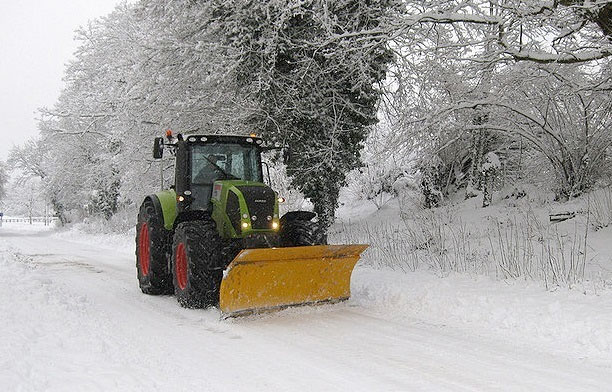
HSBC Head of Agriculture Allan Wilkinson has stressed the importance of budgeting and forecasting as farmers deal with the effects of unprecedented weather conditions on their cash flow.
Last month the Department for Environment, Food and Rural Affairs released figures that saw a fall in profits between 11% and 52% last year in all sectors, with only poultry withstanding losses.
Speaking at Cereals 2013, of which HSBC is the Principal Sponsor for the tenth year in succession, Wilkinson said that those farms budgeting and forecasting are more likely to prosper than those that don’t.
Roger Williams, MP for Brecon and Radnorshire, said he was concerned for the financial viability of a number of farmers following droughts, floods and a long winter in little over 12 months.
Williams stated: "I know many farmers have struggled due to the adverse weather over the past 12 months and this caused has cash flow problems that have brought the financial viability of many farms into question.
"I am particularly concerned about the security of tenant farmers and those land owners living on the edge. This is why I believe we should look to engage with the banks and their agricultural departments to work with farmers to get through this tricky time."
Launching HSBC’s ‘Taking the Pulse’ document, Wilkinson highlighted analysis of the impact of the weather on the budget forecasts made in HSBC’s 2013 Forward Planning Document, which is a useful tool to support farmers when forecasting costs and income. Based on the example of a 650ha combinable crop farm, the business faced a 38% drop in cashflow compared to the original 2013 Forward Planning forecast in the best case scenario and a 57% fall in the worst.
Wilkinson said: “One poor year does not materially affect a well-run farming business. We have therefore been tailoring our assistance to farming businesses based on their particular situation and requirements. In many cases this has taken the form of additional working capital, ranging from relatively modest requests, to cover additional monthly feed costs for example, to more substantial seasonal requirements for managing the business up to the next planned income following harvest or autumn stock sales.”
He added: “Ensuring the long-term future of the business, and making sure that farmers and their families achieve the right outcome is at the heart of this thought process. I am regularly asked what the very best businesses do to ensure the best outcome going forward. Budgeting and benchmarking are the key traits regularly seen in our most successful farming businesses.
These businesses are often not the biggest in a locality, and to the surprise of many they do not always receive the highest price for their cattle, milk or grain. But by focusing on their cost base, and balancing this with efficient and high levels of output, they are able to return higher levels of profit and cash generation to re-invest in their business.”
